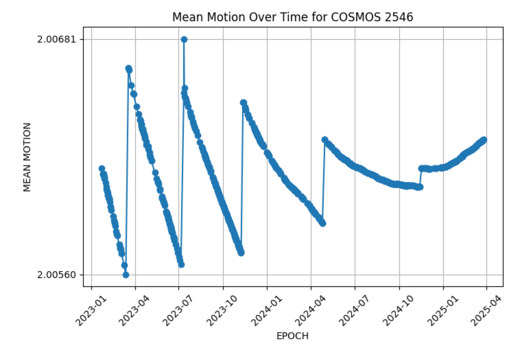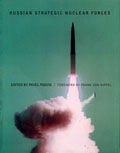 As of March 2025, Russia has conducted six launches of the new-generation early-warning satellites, known as Tundra (the system is known as EKS/Kupol). In January 2024 four Tundra satellites were in operation.
As of March 2025, Russia has conducted six launches of the new-generation early-warning satellites, known as Tundra (the system is known as EKS/Kupol). In January 2024 four Tundra satellites were in operation.
A March 2025 check suggests that Cosmos-2546 ended its operations in October-November 2024. This leaves three operational Tundra satellites - Cosmos-2541, Cosmos-2552, and Cosmos-2563.
The satellites, which are deployed on highly-elliptical orbits, are believed to have true look-down capability (see this post, for example). Three satellites may still provide coverage of potential missile launch areas in the northern hemisphere, but this coverage may not be very reliable. In its full configuration, the system is supposed to include ten satellites (original MoD post).
The fact that the space segment of the early-warning system is incomplete should not be a cause for alarm. Russia didn't have any early-warning satellites in space for a number of years after 2015, when all old-generation satellites completed their operations. The discussion in that post shows that the role of the space segment in providing early-warning of a missile attack is not nearly as important in Russia as it is in the United States. For more details, see my old Science & Global Security article.

Post a comment